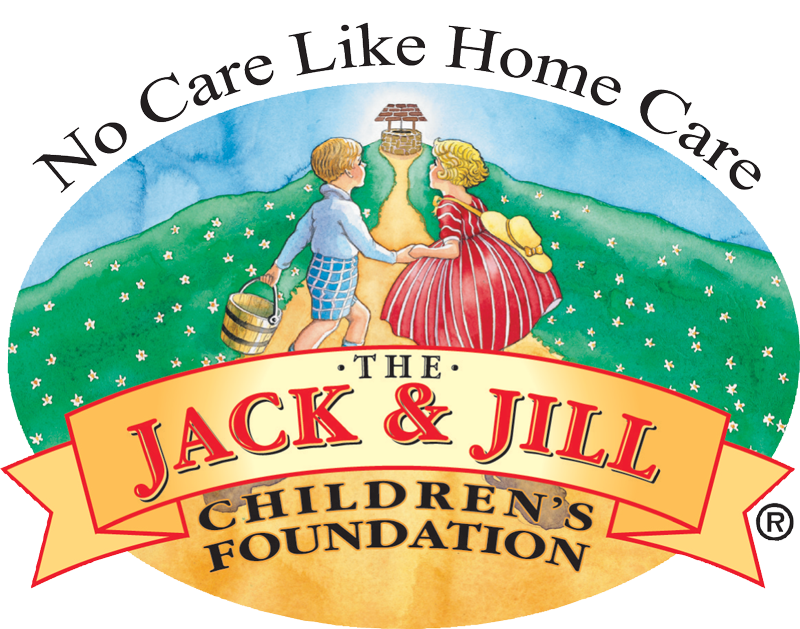Key Governance Issues addressed by the Jack & Jill Children’s Foundation through the Risk Management Committee, Board and Management’s rapid adaptation to assess, manage and mitigate an entirely new and unfamiliar torrent of unexpected risks, thrust upon us by Covid19’s impact on our traditional funding model. ‘White Swan’ management.
The urgent need for action arose from our requirement to adapt to and ultimately overcome the fundamental threat to our fundraising activities. This required a rapid pivoting of our funding model from the traditional (charity shops, large events, school programmes, roadshows) to a predominantly online and ecommerce-centric model to compensate for the projected loss of income. The initiative implemented by the board is more notable perhaps, as it was a coordinated, rapid adaptation to previously non-existent risks for Jack & Jill, as we pivoted the operating and revenue model in a matter of weeks.
The Innovation from the Board – The Pivot Model for Financial Survival
Covid19 happened – threatened our cash flow, decimated our corporate funding, shut our charity shops and cancelled our Incognito art gallery sales in Cork and Dublin, with a raft of community events wiped out. All were central to raising money to deliver our critical, front line, home nursing care and end of life support for the 340 children with complex medical and life-threatening conditions, under our wing.
The Board quickly realised we would have to pivot the business. That meant innovating for new ways to deliver the Incognito art sale and launching an emergency SOS (Save our Service) campaign, using every social and traditional media available, while putting governance and GDPR structures in place to mitigate any risk to the charity. This resulted in a new Business to Consumer (B to C), e-commerce model tailored for charity. Whilst Incognito’s new online store challenge was specifically around payment processing, GDPR and other related considerations to comply with Charity Code, the SOS appeal was a more practical challenge, as we asked people to raised funds and awareness on social media, utilising viral marketing videos and building network momentum.
Payments platform risks were paramount along with online fraud prevention and GDPR, but there was an extensive range of subsidiary risks and new challenges, where we had little experience. In this short application, we can’t cover every risk assessed and innovation executed. Instead, we are giving examples of the risks we faced and our rapid response via innovation and adaptation of the Charity Business Model to a cloud based/ ecommerce type ecosystem. The alternative was unthinkable, resulting in the closure of our retail arm, the cancellation of key events and a devastating impact on our ability to raise the funds to support our vital service. Hence the maxim “necessity is the mother of invention” or in our case “Innovation”.
The Governance initiative – Expansion and upskilling of the Risk Management capability to enable the proposed innovation.
We had to educate ourselves on all the risks. Assess them, mitigate them and be satisfied that the proposed pivot model was safe, sustainable and in line with the Charity Code. We had to be sure that the related risks to proposed innovations were balanced with the expected reward and could be fully understood, managed and mitigated satisfactorily. The success of our weekly board meetings and engagement, as we pivoted the Revenue Model, is reflected in the fact that we do not have an enhancement of our risk register as a result the initiatives taken and our funding targets were mostly achieved. The Cloud based world, video board meetings, data sharing, on line payment processing were all firsts for this traditional charity, with a traditional funding model. To sell the entire 2,700 Incognito art collection on line in minutes, with 15,000 visitors to our new online store, was such a great business to consumer (B to C) result, giving us Digital confidence.
However, throughout this governance initiative, the Risk Committee was faced with a whole side swipe of different risks we had never dealt with before such as online centric activities, payments online, B to C engagement at scale and all at rapid pace. We also had to address things like phishing, scamming prevention, emails, clinical file protection, anti-money laundering considerations, additional layers of GDPR and potential fraud and “Passing off”. This was done against a backdrop of nurses communicating and collaborating more by means of electronic records, continuance of urgent care provision, along with PPE considerations and staff working from home.
Therefore, our 2020 initiative is the Risk Committee’s adaptation to the forced rapid innovation across the organisation. The ultimate success for us has been measured not simply by the financial success of the pivot, with revenues broadly in line with the original budget, but in the fact that our risk register, has not expanded or raised any red flags or adverse consequences. Furthermore, our critical home nursing service continued for families right throughout this Covid-19 storm. This was innovation delivered in a balanced and fully risk managed and mitigated manner. The bonus is our new capability in consumer engagement models and fresh (now proven) ecommerce revenue models for 2021.
“For Jack & Jill, Covid19 was not just a change catalyst, but a change accelerant, that makes us stronger” Maeve Beggs, Chairperson.






